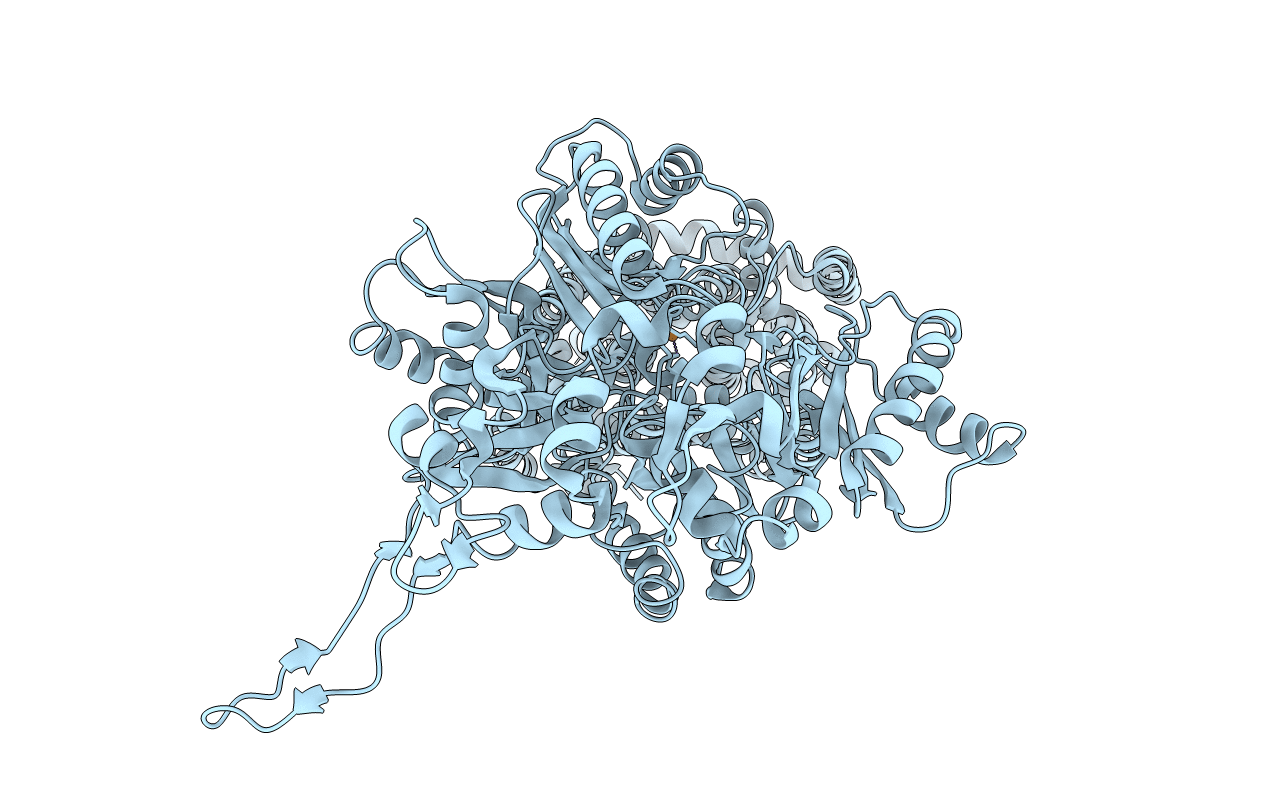
Deposition Date
2009-11-23
Release Date
2010-09-22
Last Version Date
2024-02-21
Entry Detail
PDB ID:
3KSS
Keywords:
Title:
Structure and Mechanism of the Heavy Metal Transporter CusA
Biological Source:
Source Organism:
Escherichia coli (Taxon ID: 83333)
Host Organism:
Method Details:
Experimental Method:
Resolution:
3.88 Å
R-Value Free:
0.32
R-Value Work:
0.26
R-Value Observed:
0.26
Space Group:
H 3 2


